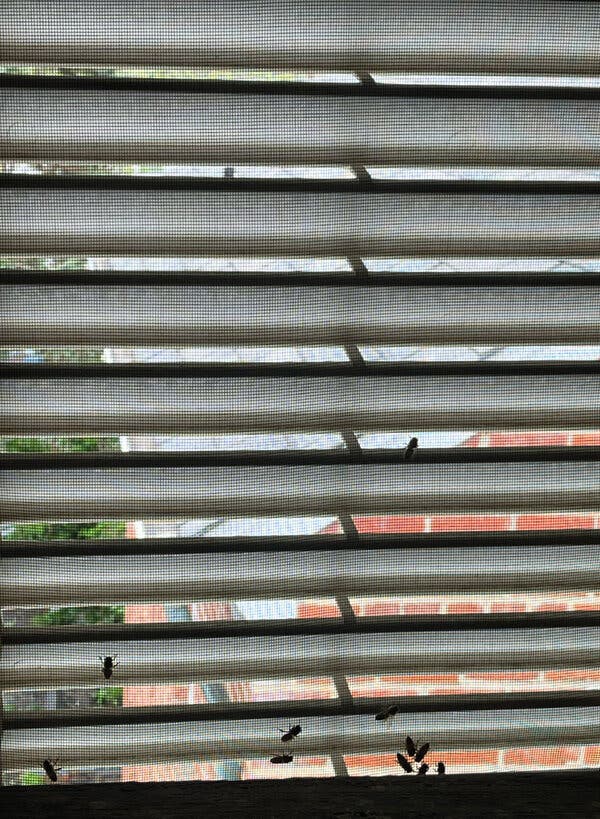Responding to fears of a “honeybee collapse,” 30 states have passed laws to protect the pollinators. But when they invaded my house, I learned that the honeybees didn’t need saving.
I noticed the first bee one afternoon as my dog gleefully chased it around the house. When the pest settled on a window by the stairwell, I swatted it with a cookbook and cleaned up the mess.
Five minutes later, another bee buzzed at the same window. Then a third in my kids’ room. When I heard a loud droning coming from inside a wall next to my son’s bed, the ominous situation finally hit me: The house was infested.
Listen to this article with reporter commentary
This was early April, the start of “swarm season,” when honeybee colonies search for places to build new hives. A small gap in the roof gave them access to our attic and put us on the honeybee real estate market.
But in those first frantic hours, as I darted from room to room slamming the book on them, we thought the insects might be wasps. My husband called an exterminator, who agreed to come the next morning. Then a bee-loving friend who saw a photo told us they were honeybees. When we updated the exterminator, he canceled the appointment.
Once honeybees move in, it turns out, they are particularly difficult to evict.
